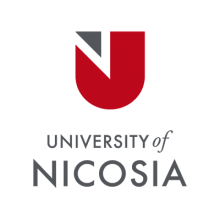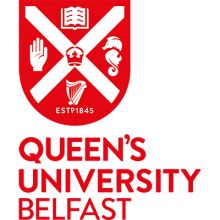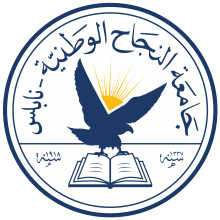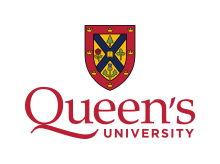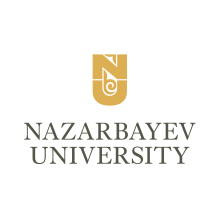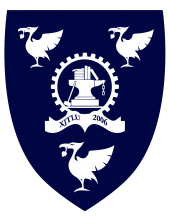
As a cellular and molecular biology major at the University of Michigan, I had always thought I would end up in a starched lab coat, struggling to steady a pipette. I needed experience in order to pursue lab research in the future but I was crushed when my application was rejected from the STEM branch of Michigan’s undergraduate research programme.
Luckily, my Spanish instructor informed us of an opening for students in humanities research, led by Spanish professors. Although Spanish was my minor, I decided that a humanities lab was better than no lab at all and applied.
Soon after, I began working at the Humanities Collaboratory, a research initiative at Michigan renowned for establishing cutting-edge collaborative teams. I became a sociocultural analyst on the project entitled From Africa to Patagonia: Voices of Displacement.
The team’s objective was to explore the intersection between language and culture within the Boer community, a small group of Afrikaans-Spanish bilinguals in Argentina. This seemed interesting, but I had no idea how a humanities setting could help me develop the research skills I needed to pursue a career as a cell biologist.
I thought I would just be assigned basic tasks by my postdoctoral supervisor, so I would be able to add another bullet point to my résumé before moving into “real” research.
Instead, I have had an experience that has led me to stay at the Collaboratory for the past two years and made me want to pursue research past the undergraduate level. Every day, I get to see how a group of researchers with vastly different expertise – linguists, historians and anthropologists – come together to explore the Boers’ language and culture.
The project has also pledged a commitment to research during undergraduate education, an effort rare enough that our lab recently caught the attention of national radio station NPR.
Women in STEM: the benefits of studying abroad
Women in STEM: stories from MIT students
Women in STEM: how can we encourage more women into engineering?
Women in STEM: how studying physics can help solve real world problems
Rather than the usual laboratory hierarchy, I found an environment where undergraduates were encouraged to express their ideas. Within my first two weeks, I was asked for feedback on the research methodology of the team’s upcoming fieldwork in Patagonia, Argentina. Every perspective in the group, from undergraduate to principal investigator, was considered.
The exchange of ideas could occur throughout the day, through GDrive, email and Skype, which meant I could fit things around my schedule.
The crucial exception was our weekly lab meeting in Michigan’s Collaboratory space, which ensured that all team members were on the same page. Labs are rare in the humanities, and this innovative set-up promoted in-person communication and strengthened team morale.
Our team also had the needed infrastructure to collaborate across continents. In May 2018, the Patagonian field team uncovered new historical documents and immediately informed the Michigan-based team through our principal investigator’s email update system. I received the message while at home, and immediately wanted to learn more about the untold history of the Patagonian Boers, which was going to be the next chapter of our research.
I accessed the digitised material from our GDrive and uploaded it to our online archive. Shortly afterwards, I became the project’s archive curator and am now the resident expert on our collection and its contents. This new role generated personal and professional growth that extended past field divisions.
Before joining the Collaboratory, I was what my dad once jokingly called a “half-er”. Half the dishes unloaded, half the bed unmade, half of a major project left the night before it was due – I was good at starting things but not at finishing them.
Yet, in the Collaboratory, I am assigned research tasks on which others in the 40-member team depend. I have flagged segments in interviews that two months later became the building blocks of published papers. The responsibility entrusted to me is real and tangible. As a result, I have learned how to communicate effectively, dedicate time to work, and meet deadlines.
When I was given the opportunity to utilise my writing skills by contributing an article to The Conversation, I knew that it would require more than the basic format of a lab report. The article was produced after labouring side-by-side with professors over multiple drafts and weeks of editing through online collaboration.
Experiences like these have given me my first taste of the diverse set of possibilities in academic research. Before, I had been unsure of my future goal of being a researcher after graduation. I feared it might be a passing whim, much like the actress/astronaut/veterinarian phase I went through in my childhood.
Instead, working in a humanities lab has only reinforced my goal of pursuing research after graduation, albeit still in the natural sciences. Although I went in expecting a facsimile of the traditional STEM laboratory setting, what I found instead was a chance to uncover my intellectual voice while gaining insight into the human experience.
The concepts of communication, identity, race and religion are as complex as the intricate workings of the eukaryotic cell, and studying them has expanded my horizons beyond the microscopic to the world in which we live.
Read more: Women in STEM: undertaking PhD research in cancer




